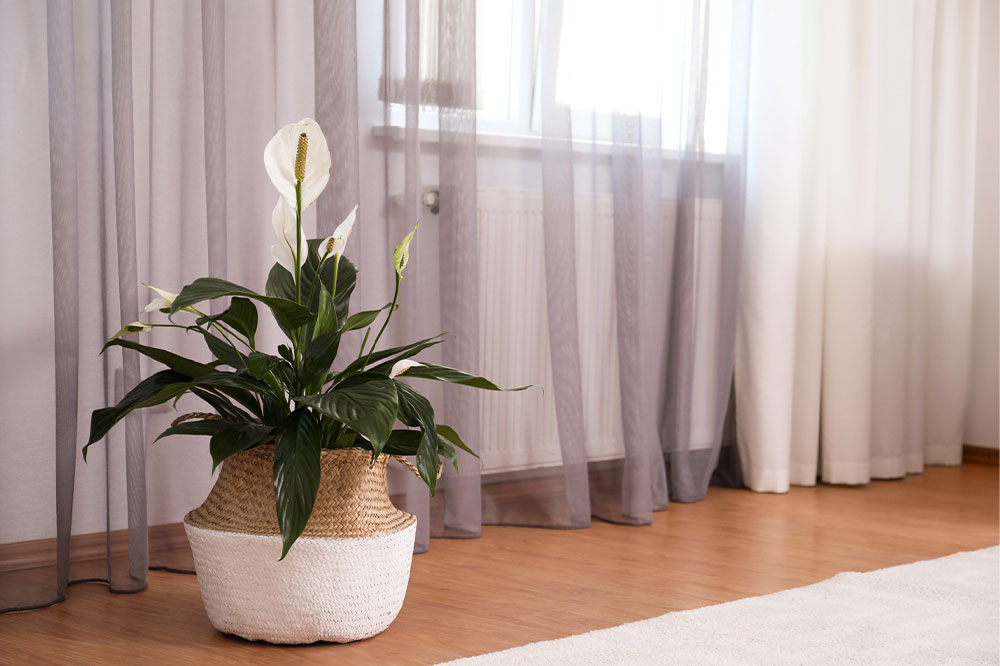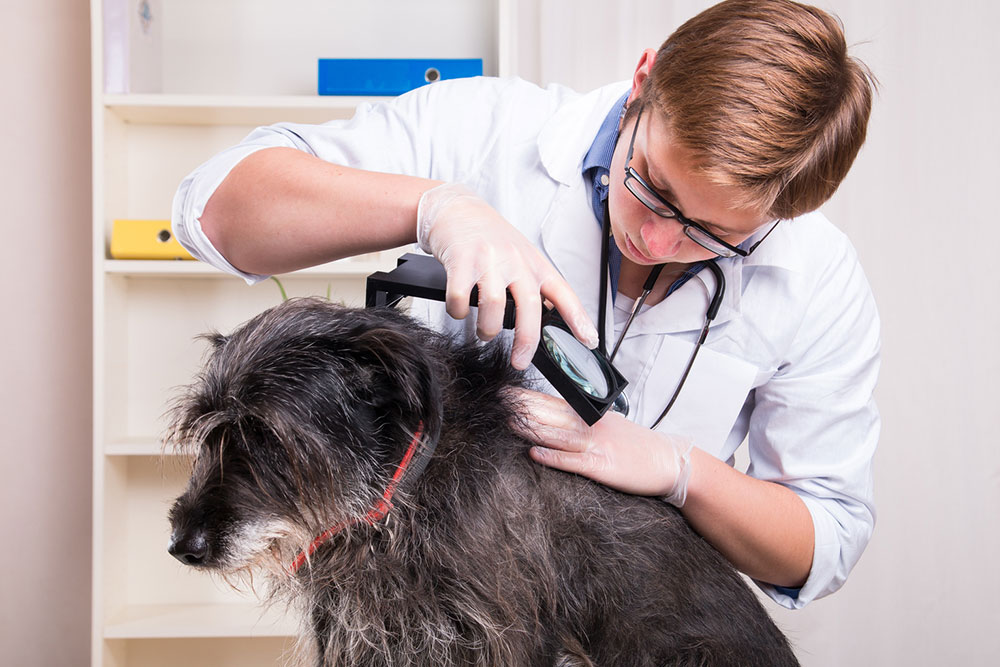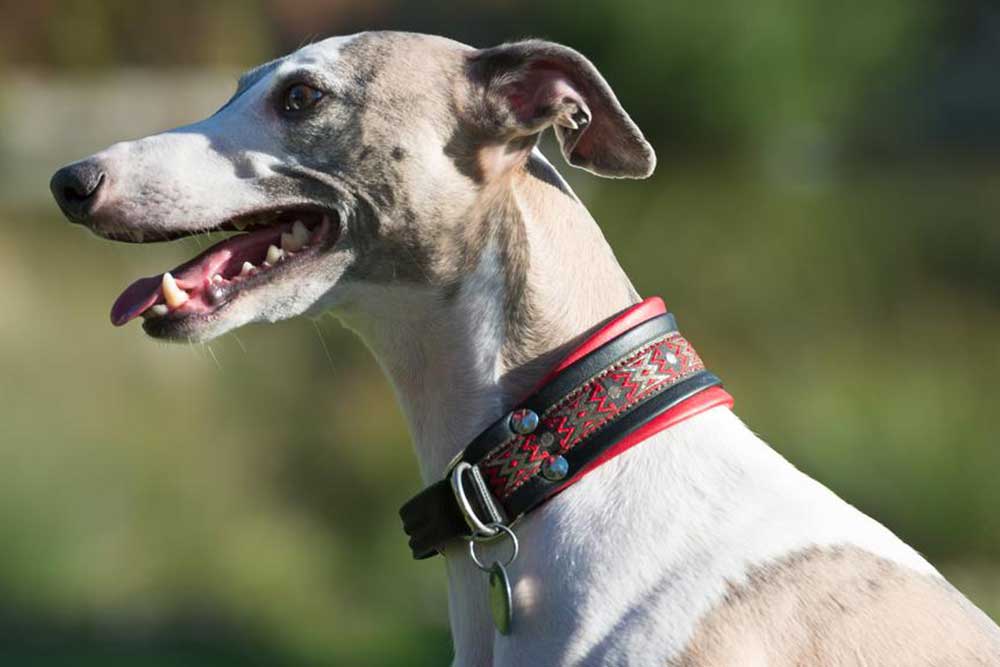Top 7 Toxic Plants for Cats and How to Keep Your Feline Safe
Learn about seven common plants toxic to cats, including peace lilies, sago palms, and oleander, and discover essential tips to keep your feline safe from potential harm. This guide helps pet owners identify dangerous greenery and prevent accidental ingestion that can lead to serious health issues or fatalities.

Cats are intelligent creatures that usually monitor what they touch or ingest. However, pollen, seeds, or plant debris may stick to their fur or paws, leading to accidental ingestion of harmful substances while grooming. To ensure your feline friend remains healthy, familiarize yourself with plants that pose health risks to cats. Below are seven common toxic plants.
Peace Lily (Spathiphyllum)
All parts of this plant, including leaves, roots, and pollen, are harmful. Ingesting it can result in sudden kidney failure in cats. Symptoms include vomiting, mouth and GI irritation, drooling, and, rarely, swallowing or breathing difficulties.
Sago Palm (Cycas revoluta)
Contains cycasin, which may cause liver damage, vomiting, diarrhea, dark stool, and lethargy. In severe cases, it can be fatal.
Eucalyptus (Myrtaceae)
Can cause drooling, vomiting, loss of appetite, and diarrhea. Mild cases resolve within 24 hours, but larger amounts can lead to serious health issues.
Dieffenbachia
Also known as dumb cane, it contains calcium oxalate crystals that cause mouth irritation, drooling, vomiting, and swallowing difficulties when ingested.
Kalanchoe
This plant contains bufadienolides, leading to gastrointestinal problems, heart arrhythmias, or seizures in cats after ingestion.
Oleander
An outdoor shrub with toxins that affect the heart muscle, causing drooling, vomiting, diarrhea, seizures, and cardiac abnormalities. Keep cats away from it.
Jade Plant (Crassula)
Known for its ease of care and luck-bringing reputation, it is toxic to cats. Symptoms include vomiting, lethargy, depression, and coordination issues.
Disclaimer:
Our blog offers diverse information meant to inform and educate. While the content is based on research, it should not substitute professional veterinary advice. We are not liable for discrepancies or inaccuracies and recommend consulting a specialist for health-related concerns.










